Deck & Commander Strategies
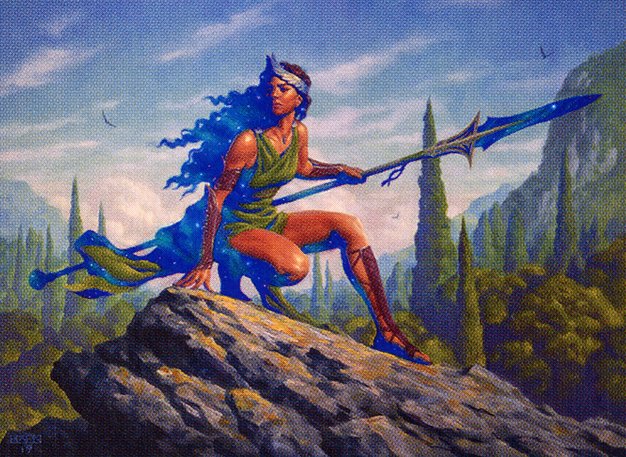
Renata, Called to the Hunt
Ramp heavily with green mana sources and big creatures, utilizing synergy with lands and +1/+1 counters to overpower opponents.
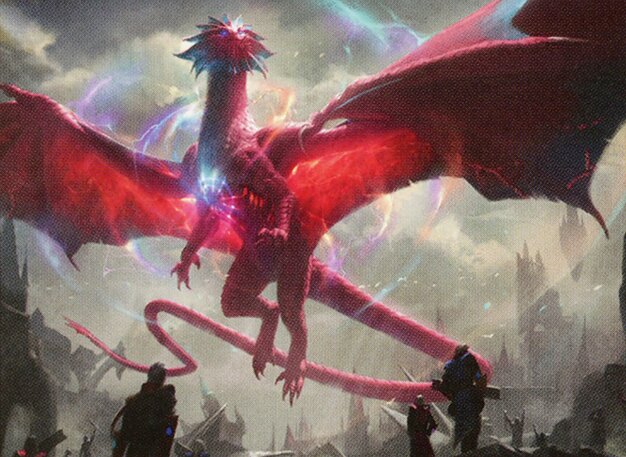
Niv-Mizzet, Supreme
Leverage multicolored instants and sorceries to control the board, draw cards, and generate incremental advantage through spellcasting.
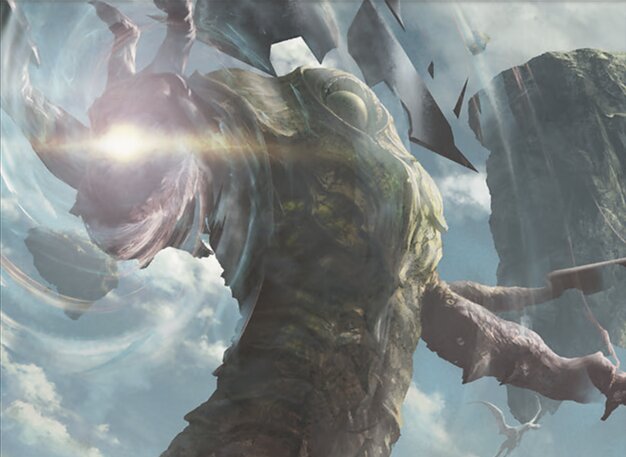
Kozilek, the Great Distortion
Deploy a colorless voltron deck that powers up the commander with artifacts and colorless mana sources, focusing on resilience and large threats.

Reaper King
Utilize hybrid cards and creatures that benefit from entering the battlefield tapped to ramp mana and maintain board presence with versatile threats.
Gameplay Insights
- 1
The green deck's use of Harvest Season to ramp by fetching multiple basic lands based on the number of tapped creatures was a significant tempo boost.
- 2
Hybrid deck's synergy with creatures entering tapped, such as Spiderwoman, allowed for effective mana ramp despite limited hybrid card options.
- 3
Combat decisions showed meta-awareness, with players debating attack priorities to avoid empowering the most threatening decks.
- 4
The multicolor deck's focus on instant and sorcery spells provided both removal and card draw, maintaining control over the board state.
- 5
The colorless deck's strategy revolved around building a resilient voltron with Kozilek, using artifacts and colorless lands to fuel large threats.
Notable Cards
-
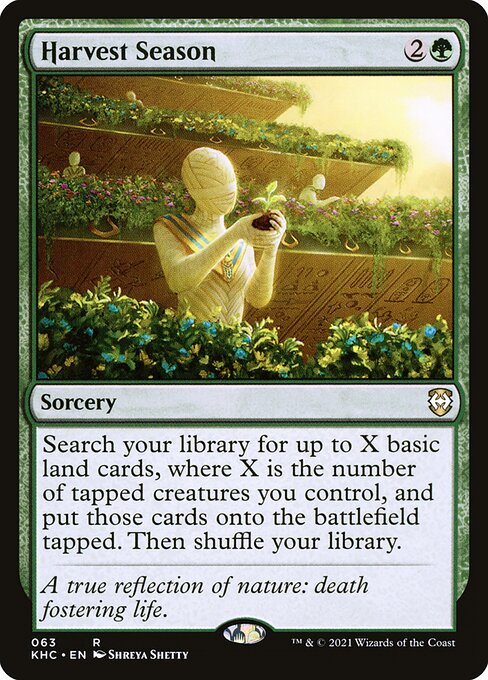
Harvest Season
-

Cactus Preserve
-
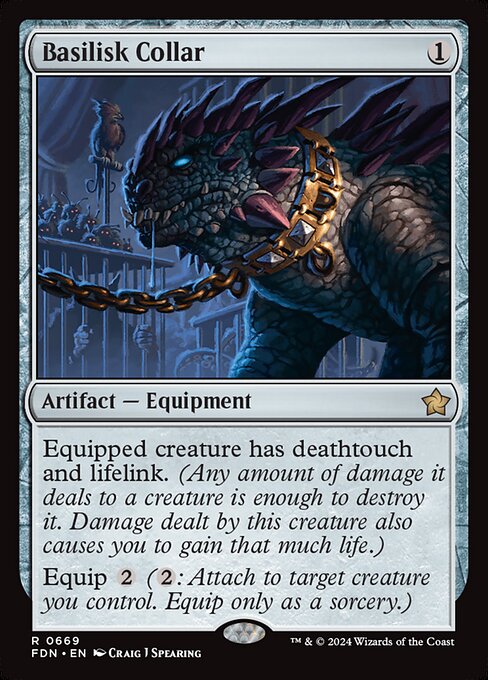
Basilisk Collar
Gameplay Summary
The game featured four distinct decks representing monocolored, multicolored, hybrid, and colorless strategies.
Early turns saw players developing their mana bases with various lands and ramp spells, including Arbor Elf and Utopia Sprawl in the green deck, and colorless mana sources supporting Kozilek Voltron.
The green deck focused on playing big creatures and ramping aggressively, exemplified by the deployment of Yorvo, Lord of Garenburg, who grows with each new creature.
The hybrid deck struggled with limited hybrid card availability, relying on versatile creatures like Spiderwoman that synergize with artifacts and creatures entering tapped.
The multicolor deck, led by Niv-Mizzet, Supreme, utilized instant and sorcery spells to generate value and control the board, including removal and card draw.
The colorless deck played a voltron style with Kozilek, utilizing artifact synergy and colorless lands to power up its commander. A pivotal moment came when the green player used Harvest Season to ramp heavily by searching for multiple basic land cards, leveraging tapped creatures to accelerate mana production.
The hybrid deck's ability to tap creatures for ramp through its creatures entering tapped was a subtle synergy that contributed to board development.
Combat phases revealed strategic targeting, with players debating whether to attack the green deck or the colorless deck, demonstrating political tension.
Notable threats like the green deck's large land-animated creature and the multicolor deck's death-touch flyers influenced defensive postures.
Overall, the game unfolded as a battle of tempo and resource development, with each player seeking to maximize their commander's strengths—ramp and big creatures for green, spell synergy and control for multicolor, artifact and colorless resilience for Kozilek, and hybrid flexibility for Seth’s deck.


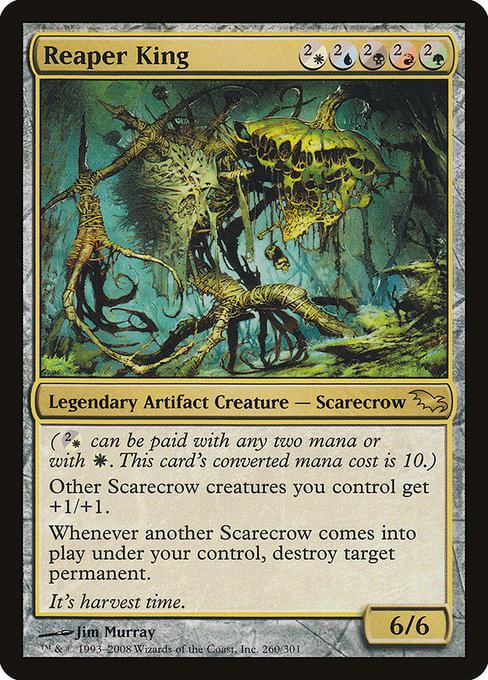















![Commander Vs S2E3: Ayli vs Kozilek vs Tazri vs Mina and Denn [MtG: Multiplayer] thumbnail](https://i.ytimg.com/vi/bGHd9YWbpCM/sddefault.jpg)












![Commander Vs S2E8: Savra vs Mayael vs Reaper King vs Trostani [MtG: Multiplayer] thumbnail](https://i.ytimg.com/vi/PmxKvs6zQYE/sddefault.jpg)




![Herumkommandiert #05 | Halloween Commander EDH Gameplay [Deutsch] thumbnail](https://i.ytimg.com/vi/TYi-yLuHxeU/sddefault.jpg)
